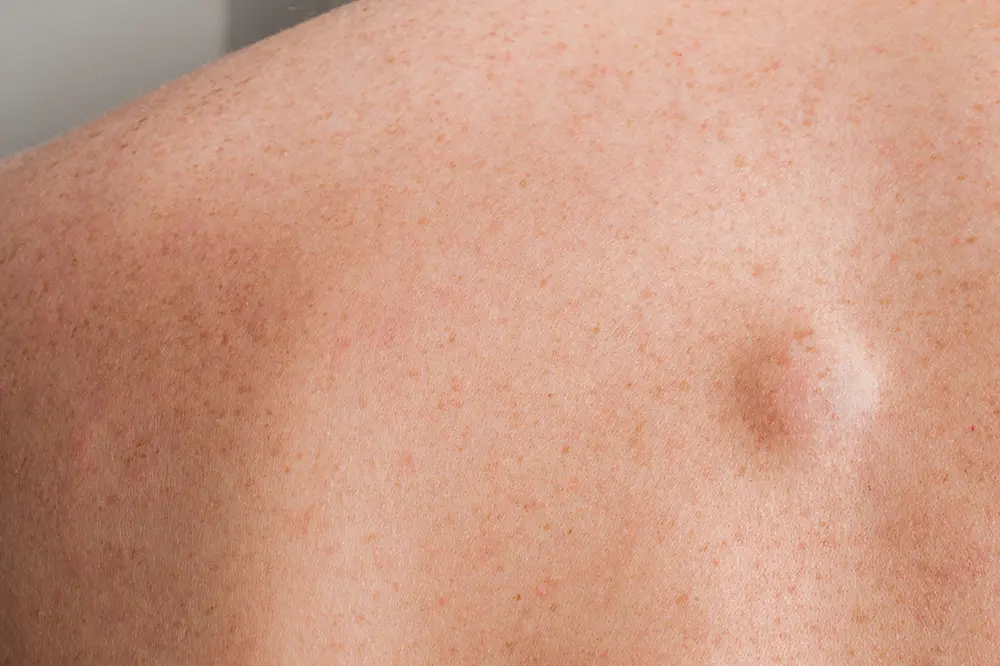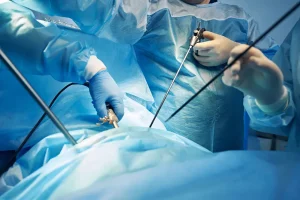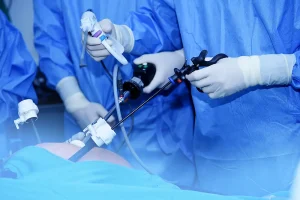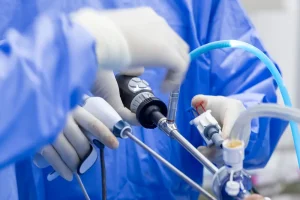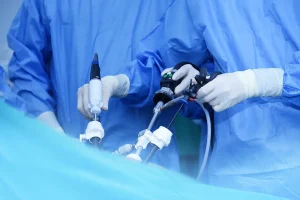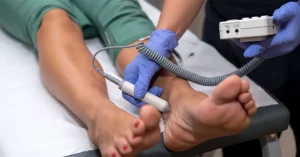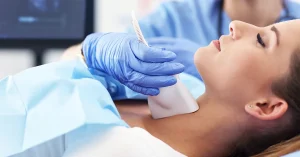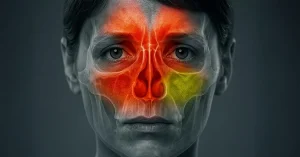Introduction
Fat lipomas are the most common benign tumors of subcutaneous tissue, affecting both men and women, and occurring in approximately 2.1% of the population. They develop beneath the skin, but in some cases, fat lipomas can extend up to 5 cm in depth.
What Is a Fatty Lipoma?
Lipomas are single or multiple benign tumor formations located under the skin. They are generally asymptomatic and do not cause pain unless they are in areas of constant irritation, near nerves, or highly vascularized. Lipomas are not malignant and are never cancerous. Their main complications include growth and an unsightly appearance in the area where they develop.
Clinical Forms
- Solitary Lipoma – A single lipoma located in various areas of the body and of varying sizes. Histopathological forms include angiolipomas and hibernomas.
- Multiple Lipomas – Several lipomas appearing simultaneously or successively. They can be idiopathic or secondary, appearing after childbirth, rapid weight loss, acute rheumatism, trauma, or associated with hypercholesterolemia.
- Lipomatosis – Multiple lipomas arranged symmetrically and associated with specific syndromes.
- Cervical Adenolipomatosis (Buffalo Hump) – Fat deposits on the sides of the neck, under the chin, or on the back of the head. Fat deposits may also occur in the upper trunk and isolated lipomas in other body areas. This form is more common in men and often associated with obesity.
- Dercum’s Disease (Painful Neurolipomatosis) – Obesity associated with subcutaneous fatty masses that are painful to touch. These masses can appear in any area of the body except the face, neck, hands, feet, and interarticular spaces. It most frequently affects women around menopause.
What Causes Lipomas?
Lipomas most commonly occur in middle-aged individuals and can appear in various areas of the body. They grow slowly over several years and are mostly painless. Genetic predisposition plays a role, as lipomas can be inherited from family members. Minor trauma can trigger the appearance of a lipoma, which can also be associated with dyslipidemia, insulin resistance, or type 2 diabetes.
When lipomas develop in visible areas such as the face, scalp, or hands, they can cause aesthetic concerns. Pain may occur if the lipomas are located in areas of constant irritation, such as the waist, collar, underarms, or legs. Otherwise, they do not typically cause other complications.
How Are Fatty Lipomas Diagnosed?
Diagnosis begins with a clinical examination by a dermatologist or surgeon. The affected area is palpated, revealing a soft, mobile mass with well-defined contours under the skin. Ultrasound imaging may be performed to confirm the diagnosis and exclude other conditions.
What Should We Do When Fatty Lipomas Are Diagnosed?
When a lipoma grows or deforms the area where it is located, consultation with a surgeon is recommended. The affected area is disinfected, and anesthesia is administered—local anesthesia for small lipomas and general anesthesia for larger lipomas, typically over 10 cm or in central areas such as the neck or face.
The lipoma is removed through a small incision, along with its fibrous capsule. The area is sutured to form an aesthetic scar, and the patient is discharged with anti-inflammatory and analgesic medication. Antibiotics are generally not required except as a prophylactic dose. Patients may shower during recovery, treat the area with a disinfectant once daily, and re-bandage. Sutures are removed after 7–10 days.
Recovery After Lipoma
Recovery after lipoma removal is generally quick and uncomplicated, similar to minor surgical procedures. Patients with small lipomas in non-sensitive areas can resume physical and professional activities immediately. Recovery for larger or sensitive-area lipomas typically takes one to two weeks.
Other Methods of Removing Fatty Lipomas
- Liposuction – A less invasive alternative performed by a cosmetic surgeon using a needle and syringe to remove the fatty tumor.
- Steroid Injections – Reduce the size of lipomas but rarely eliminate them completely. Research on their effectiveness before surgical removal is ongoing.
Medical Consultant: Dr. Oleg Cebotari
Dr. Cebotari combines a youthful and innovative approach with extensive experience in classical and laparoscopic surgery, achieving exceptional results in lipoma treatment. Schedule a consultation and see how we can help.

